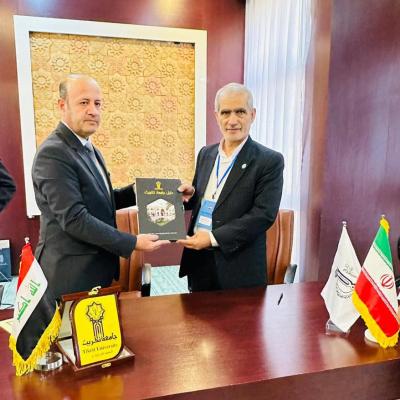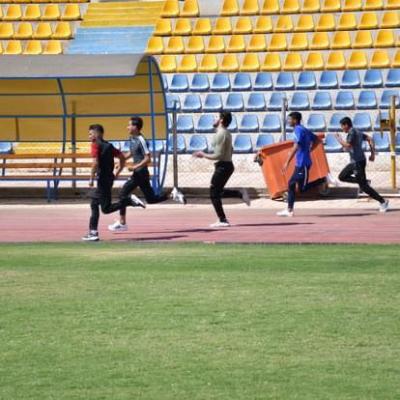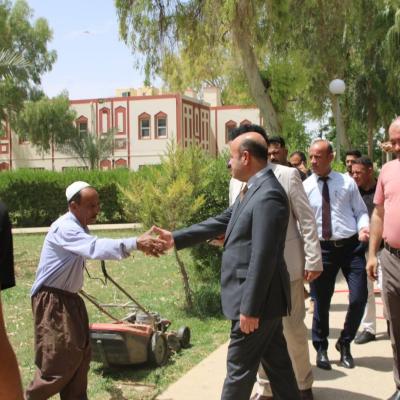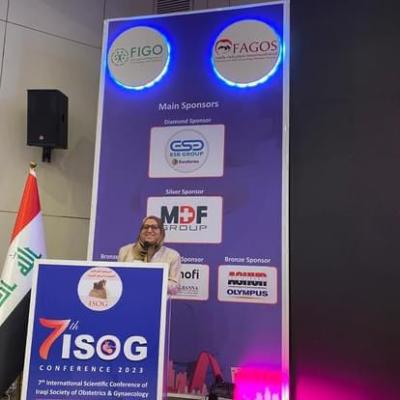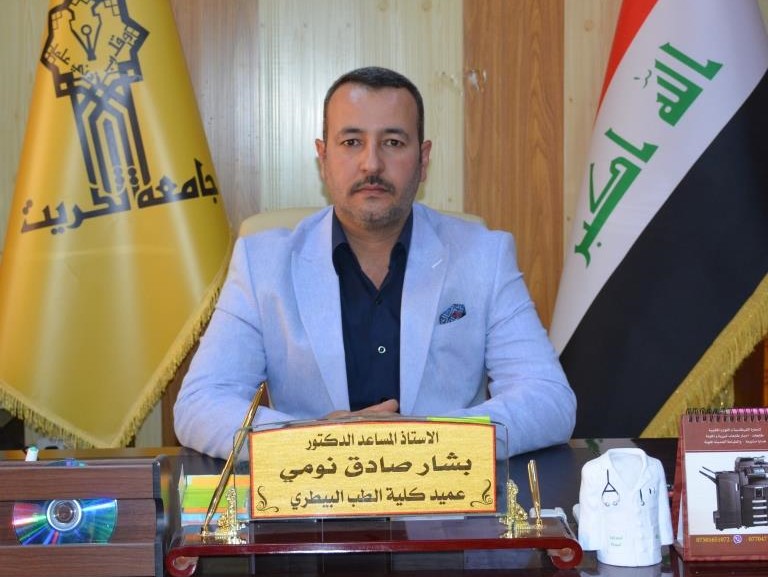
Our History
The College of Veterinary Medicine was established in 2006. The college began with branches of internal medicine, anatomy, public health, and laboratories. The number of students in the first batch reached 35 students. The college, like the rest of the university's colleges, has witnessed remarkable development at all levels. Branches have increased, laboratories have developed, and this has been accompanied by an increase in the number of students. The college was able to graduate five courses. The students obtained a bachelor’s degree in veterinary medicine and surgery, which qualifies them to work in Iraqi and international institutions specialized in veterinary and agricultural affairs.
A college capable of preparing scientific cadres of distinguished graduates and teachers at the local and regional levels.
A scientific educational institution concerned with disseminating veterinary sciences in order to advance livestock and meet the requirements of the labor market.
The College of Veterinary Medicine at Tikrit University produces skilled veterinarians dedicated to serving the community efficiently. With state-of-the-art facilities including laboratories, hospitals, and clinics, the college offers essential services such as examination, treatment, and disease prevention for field animals, poultry, and fish. Media campaigns educate and raise awareness about infectious and non-communicable diseases, while vaccination campaigns are conducted. The college also provides consultations on animal, bird, and fish nutrition.

Teaching
The College of Veterinary Medicine at Tikrit University provides high-quality education in veterinary medicine. The teaching approach emphasizes practical experience and equips students with the knowledge and skills necessary for successful veterinary careers. The curriculum covers diverse subjects, including animal anatomy, physiology, pathology, and pharmacology. The college promotes ethical practice, animal welfare, and public health. Students have access to modern facilities and hands-on learning opportunities. The goal is to produce competent and compassionate veterinary professionals.







